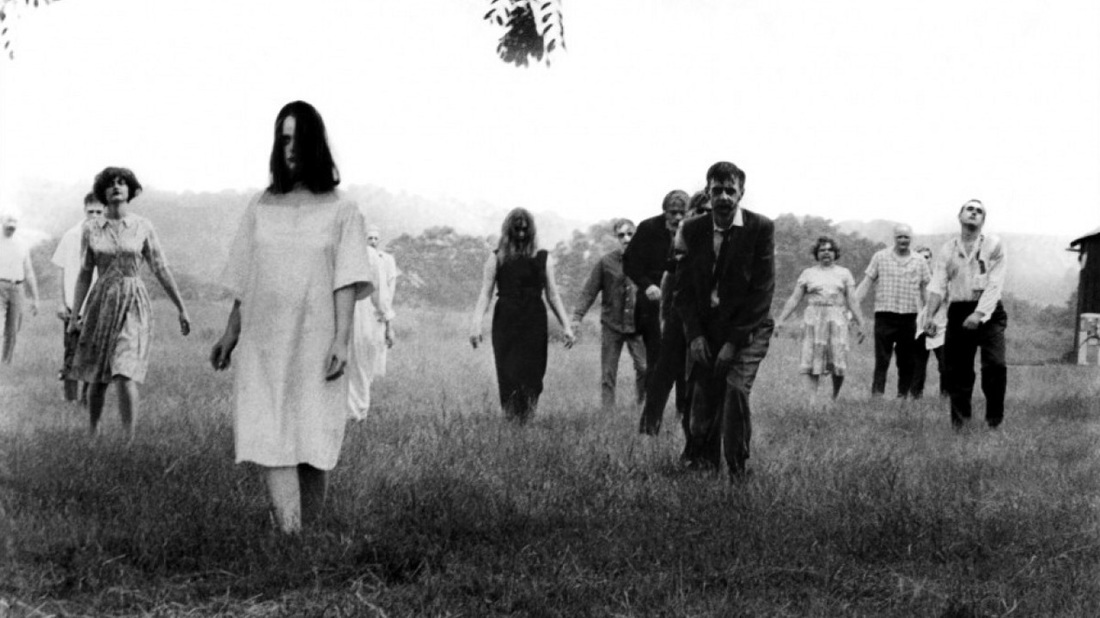|
If a contractor drops a tool during extensive conservation work, and there's a guided hard hat tour near by, does anyone hear it?
Yes.
0 Comments
That awkward moment when one of the tour group might know more about the subject than the tour guide.
While on a guided tour of a cemetery, the tour guide was momentarily distracted by a cat. She then explained that they often see cats, due to the amount of wildlife they can catch in an otherwise urban area.
The stray cat they had previously sort of adopted was sadly run over. After I asked, it was admitted that it was was quietly buried in corner of the otherwise very very expensive plots - "staff privilege". Recently I visited a lot of venues over three days. At Westminster Abbey, Apsley House, HMS Belfast and the Churchill War Rooms we were given hand held audio guides which worked with varying degrees of success. We noticed that wherever they were being 'successfully' (extensively) used, they turned most visitors into zombies. My travelling companion made the observation in the cartoon above.
I know that audio guides are a good way to control visitor flow and visit times, ensuring people get an overview while also pushing them through sites at a suitable speed. They can provide a reliable service not always possible unless you employ a large pool of highly trained staff, such as language options, BSL on video screens, child friendly tours. They can be a flexible tool, such as at Apsley House, offering visitors a choice of tours depending on their specific interests. They allow historical venues to be free from obtrusive signs. From the visitor's point of view, their experience can also be enhanced by a good audio guide, with music, interviews from behind the scenes staff, and video clips. However, using so many audio guides in a short time highlighted two - to me - unpleasant side effects. The first is how much people were attuned only to the audio guide, to the detriment of all else. The second was the isolation of the user. A special tour for a local adult special needs group.
It gets extra special if some of the people on it can't actually speak any English, and the guide is desperately trying to understand their stutter! Apparently, a good time was still had by all. Although they won’t charge for entry, new rules from the British Museum mean that tour groups of more than ten people must give a week’s notice as to when they wish to visit, or they may be turned away from entering the Museum, or certain galleries. Read more about it here (the basis for this blog post).
Given that tour operators make a profit from guiding people around the free museum - hurrah - as in some areas it can get very uncomfortable even when not at peak weekend times, so these people who benefit from bringing the tours should be more carefully controlled. In a warning to tour operators, the museum said that those who failed to book an hourly slot, stating which part of the vast collections they wished to visit, “may be denied immediate entry”. In a message on its website, it continued: “This new policy is due to the significant increase in tour group visitors to the Museum and is intended to make the visitor experience more pleasant for all visitors.” There has been some confusion and misreporting, believing that the British Museum wishes to charge large tour groups and/or foreign tourists for visiting. (Guardian and Daily Mail articles) A spokeswoman for the museum said “There are no plans under consideration for charging tour operators. The trustees remain absolutely committed to free entry for all.” |
Webcomic and occasional blog about the heritage sector. Follow The Attendant:Topics
All
AuthorAll text and images are produced by and copyright of the artist, holder of the domain name of attendantsview.com Archives
February 2023
|








 RSS Feed
RSS Feed
